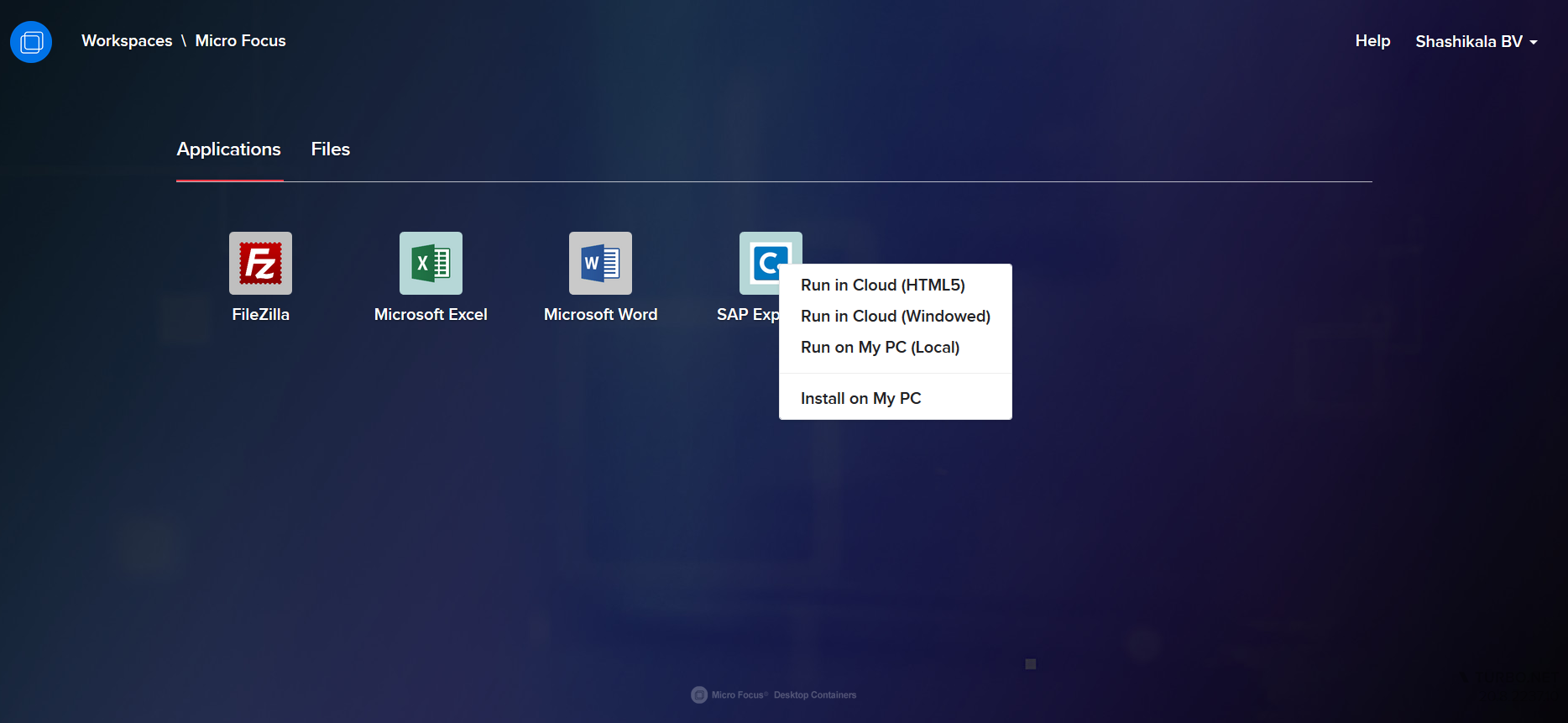

Lucky for you, VS Code understands JSON out of the box. But it doesn’t understand all languages.įor example, perhaps you’re working on an ARM template. It understands the type of code you’re writing and adapts to that in many different ways. Out of the box, VS Code supports common code editor features like syntax highlighting, Intellisense, etc. One of the most important features of VS Code is its extensions. Take a minute to browse around and see what tweaks you can make to VS Code. There’s absolutely no way this Visual Studio Code tutorial will come close to explaining all of the settings available. The UI for VS Code settings allows you to search for settings and break them down by categories along the screen’s left side. You can find this UI by opening the command palette again and choosing Preferences: Open Settings (UI). VS Code provides a UI to browse settings, as you can see in the following screenshot. There’s an easier way to manage settings, though, via the VS Code UI. VS Code will then open up a JSON file displaying all of its currently-defined settings. Be warned though, there are a lot of settings! Settings in the command palette Type “settings” and choose Preferences: Open Settings (JSON) as shown below. To manage settings, open the Command Palette with Ctrl-Shift-P. Settings are stored as JSON files, and VS Code defines many of them out of the box. Settings control both default VS Code functionality and installed extensions. You can customize just about every aspect of VS Code using settings. The command palette is where you will find everything you can do in both a default VS Code installation and configure any extension you have installed. The command palette is great because all functionality for managing tasks, settings, snippets, and more are located in a single menu (covered later). The command palette is where you will find all functionality of VS Code. In the following screenshot, you can see an example of the command palette. The command palette is a menu that appears at the top of the screen when you click on the View menu and select Command Palette, or you hit Ctrl-Shift-P on your keyboard. The easiest way to make things happen in VS Code is via commands found in the command palette. You can control a lot of that functionality via the typical File, Edit, and View menus at the top of the window but not everything. There’s a lot to do in VS Code, especially if you have installed many extensions (covered later). The status bar is where VS Code and its extensions will also display information as they run. The status bar shows cursor position, encoding, the format VS Code recognizes the file format to be, among other things. Status Bar – The status bar provides information about the open editor tab.The integrated terminal is a built-in Bash terminal (with other shells included via extensions) that allows you to run code directly in VS Code without having to open a separate shell. Here is where you will also find the handy integrated terminal. You will find various “tabs” with information returned by VS Code and its extensions under this pane.



Whenever you open a new file or edit an existing file, the editor window is where you’ll the code will show up. This pane is where you will view and edit all of the code you’re working on. Editor Window (Tabs/Groups) – The editor window is where you’ll be doing most of your work.The main VS Code interface can be broken down into five distinct areas: You’ll see that VS Code has a few main areas you’ll be staring at day in and day out. When you open up VS Code for the first time, you will see a user interface that looks like the following screenshot. All effort has been made to focus on the less version-specific aspects of VS Code, though. If the instruction and screenshots look a little different, chances are you’re using a new version. This Visual Studio Code tutorial will be using VS Code 1.53.2.


 0 kommentar(er)
0 kommentar(er)
